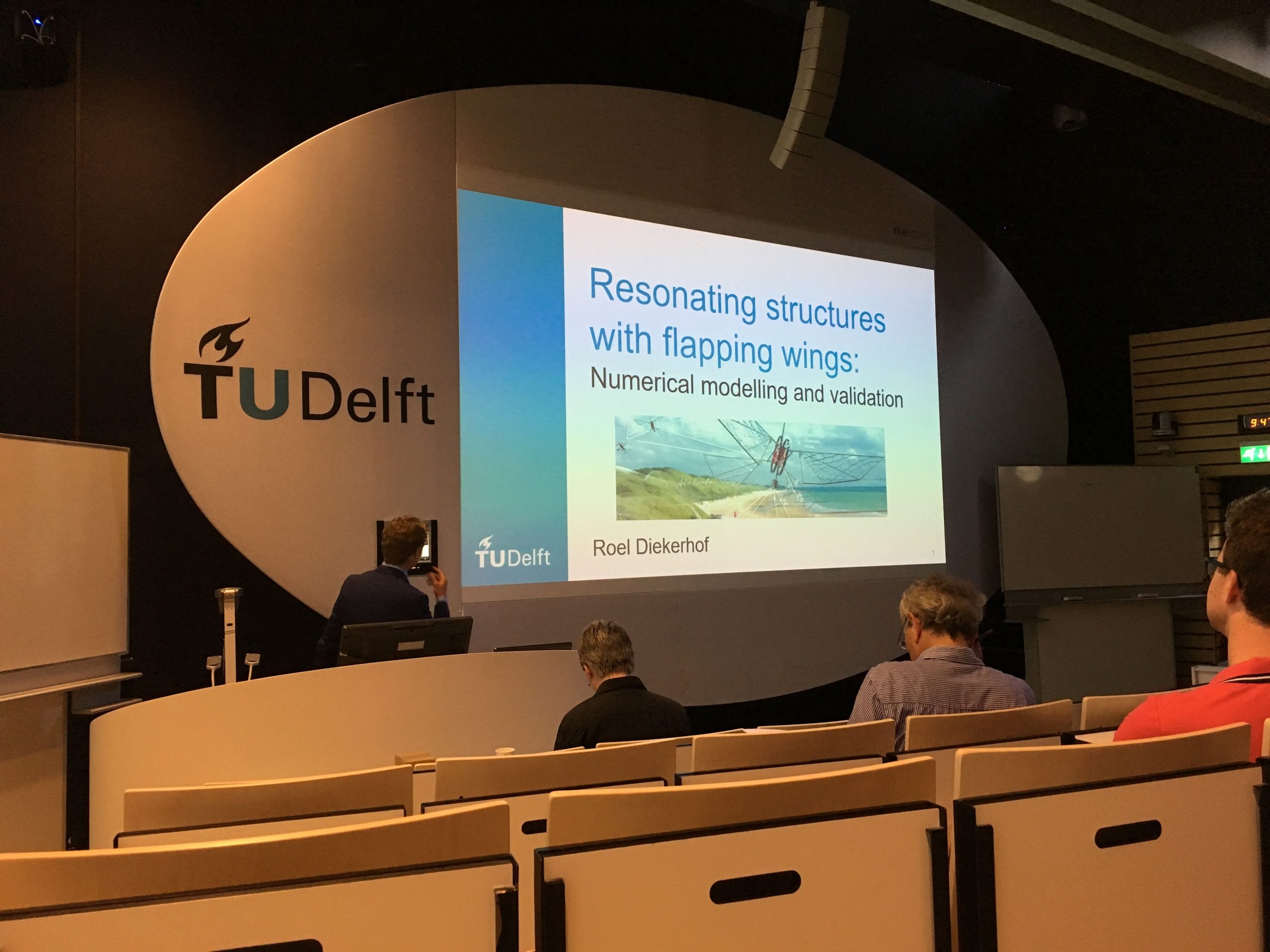With each passing year, micro air vehicles (MAVs) are becoming more and more sophisticated. Researchers all across the world have been developing the pint-sized flying drones for over a decade but there’s still much more work to be done.
For his master’s thesis, Mechanical, Maritime and Materials Engineering student Roel Diekerhof studied a key component of MAVs called FWMAVs that use mechanical flapping wings, similar to those on insects, instead of fans and more conventional types of propulsion. Over the past few years, TU Delft’s MAVlab group has been making steady progress with their version, which is dubbed the DelFly. Diekerhof focused on the efforts of a different group at the university that worked on the Atalanta project, which began in 2005.
Constructing a FWMAV is a delicate process and even the smallest change or increase in weight can make a dramatic difference in its performance. Diekerhof discovered that, for example, slight differences in the thickness of the compliant hinges that connect the wings to the ring structure can influence performance. An increased thickness of a mere 4.6% can result in a mean lift force increase of 24%. The stiffness of springs can also significantly alter the pitching angle of the wings, so much so that the mean lift force can increase or decrease as much as 83%. As Diekerhof found out while building a model for the project, the smallest of errors can lead to big issues down the road. “Even a tiny mistake with a comma or a zero or a false index can result in dramatic results,” Diekerhof said during his defence presentation on 10 June. “Then you wind up spending weeks trying to pinpoint the problem.”
Despite how cumbersome they are to construct at this point, researchers are hopeful that machines like FWMAVs will one day be used for everything from missions on battlefields to rescue operations during emergencies. “In the case of a collapsed building, you could open up a box of these drones and send them into the area to locate survivors without you having to go in there yourself,” Diekerhof said.
R. Diekerhof, Resonating Structures with Flapping Wings: Numerical Modelling and Validation, Supervisors: J.F.L. Goosen and H.J. Peters, Defence: 10 June, 2016



Comments are closed.